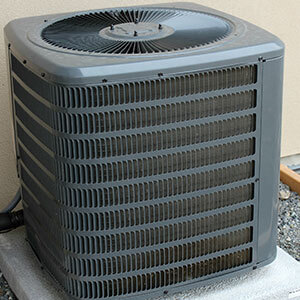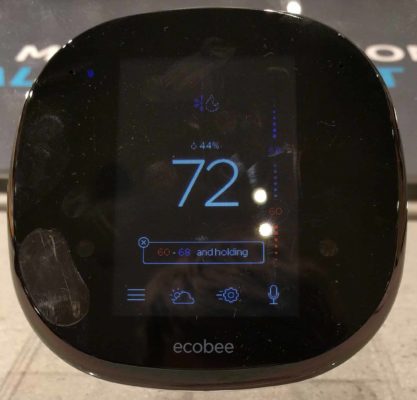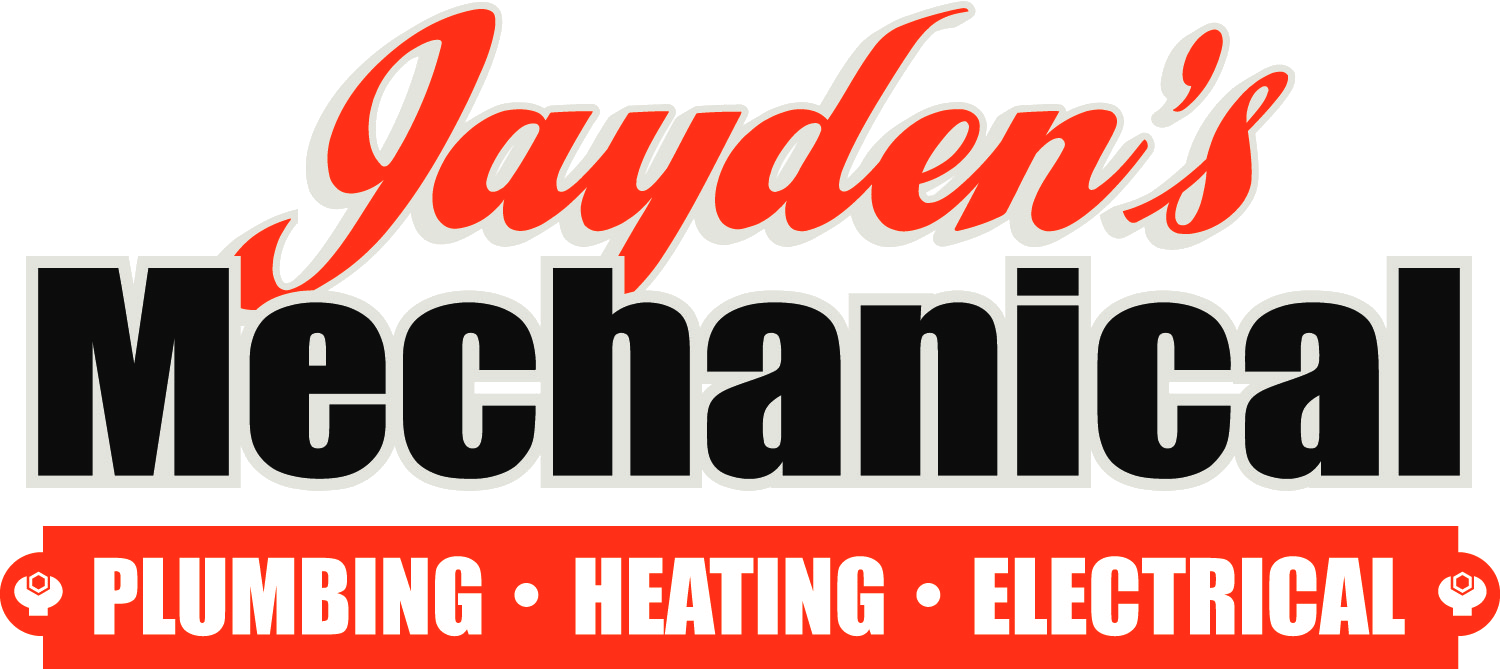AC Repairs, Heating, HVAC repairs, thermostats, Tips
How Do I Know When I Need A New Thermostat?
Many problems with HVAC systems start with the thermostat. When this important piece of equipment fails to control the temperature properly, it can trick you into thinking you have a worse problem then what’s actually wrong. If you’re struggling with the following problems, don’t tear apart your furnace to find the issue – the fix could be a whole lot simpler!
Your HVAC System Won’t Turn On 
The biggest tell of a faulty thermostat is that your home’s heating and cooling system won’t turn on at all. Believe us, you’ll know when this becomes the problem. Before you get worried about a major HVAC repair, just have a look at the thermostat first; something could be preventing it from sending signals to your furnace and air conditioner.
The HVAC System Doesn’t Respond To Settings Changes
If your heating and cooling isn’t responding to a change in the temperature or setting almost immediately, it’s very likely that something is wrong with your thermostat’s ability to communicate with the HVAC system.
One good indication to listen for is the “click”. When you raise or lower the temperature (or program a change to happen at a certain time), you’ll hear a click come from most models of thermostats when they start. If there’s no click and no change, it’s likely your problem is with the thermostat.
The HVAC System Shuts Off Too Early
Your furnace or air conditioner should run through its entire cycle, meaning that it should stop when you’ve programmed the thermostat to stop it. If the HVAC system shuts off too early, or not when it’s supposed to, there is likely an issue with the thermostat.
You Have An Analog Thermostat 
If you are running with an old analog thermostat, it’s not likely to be as sensitive to the changes in temperature as a digital thermostat. This can make it hard to get your home the exact temperature you want for comfort, and it will get worse with age. If you’re still using an older thermostat, swap it out for a programmable model.
Troubleshooting The Thermostat
If you suspect the problems with your HVAC are starting with your thermostat, you can pop off the cover and have a look yourself. Most modern thermostats are easy to install and inspect, but just make sure you have the power to the system turned off before starting!
For general problems: Once you’ve taken the cover off, examine the internal system for corrosion, dust, rust, and wire damage. Make sure it is mounted in an appropriate area: on a wall away from windows, doors, and heat sources, no more or less than five feet up from the floor.
Recalibration: You can calibrate your digital thermostat so that the setpoint is balanced with the sensors. Crack open the instruction manual so that the recalibration is done according to the company standards. If you can’t find it, don’t worry: some thermostat models have directions for calibration printed inside the cover. If no instructions are included there, call the manufacturer.
If you’re experiencing early shut-offs: Examine the heat anticipator in your thermostat. The heat anticipator fine-tunes the point at which the thermostat turns off the furnace; in many thermostats, it’s in the center and looks like a calibrated scale. Adjust the lever of the heat anticipator one mark on the scale closer to the setting marked “longer”, and wait a few hours.
If you have an analog thermostat: Upgrade your model to a programmable or “smart” thermostat. More often than not, you’ll be able to make the swap yourself, but call an expert if your older model is a mercury thermostat. The mercury switches used for are a hazardous waste!


